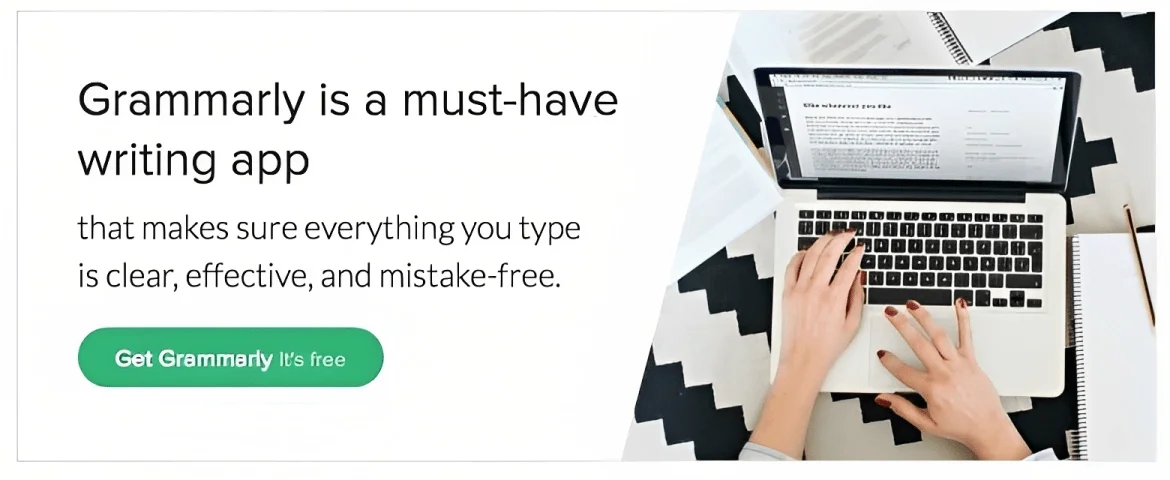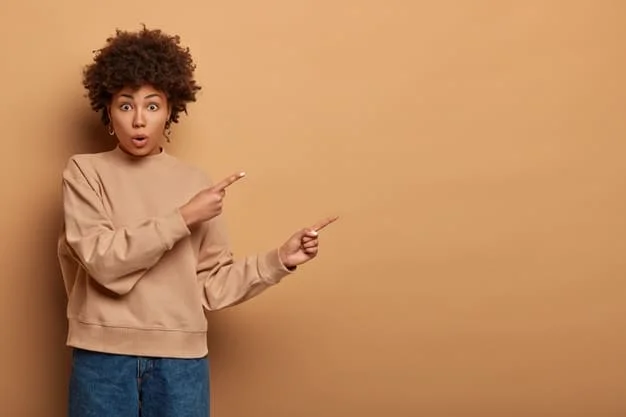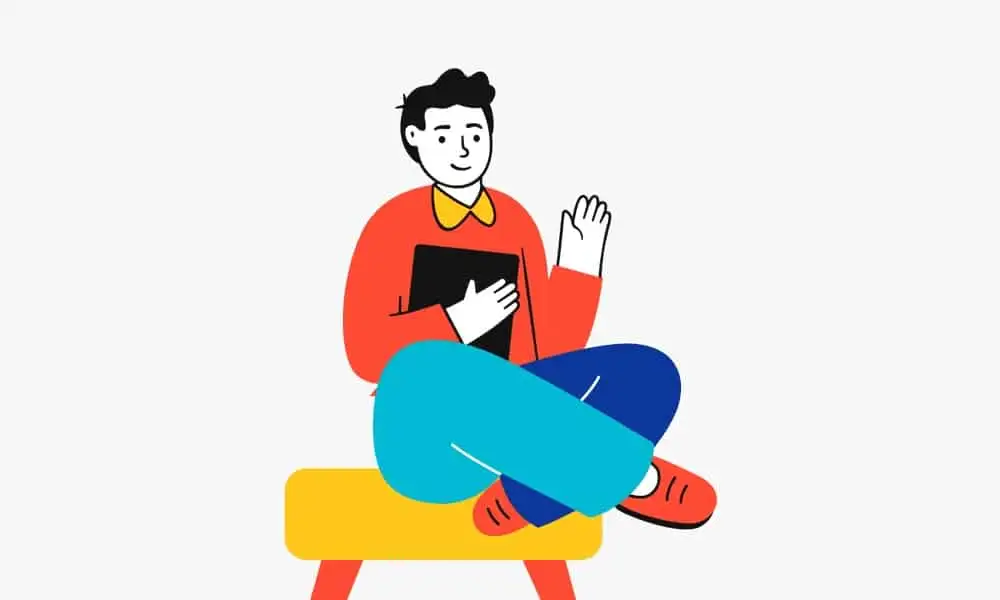If you’re looking for a complete overview of the basics of SEO according to Google then you are in the right place. Check out this complete SEO Guide.
Complete SEO Guide For Beginners

What is SEO?
Search Engine Optimization (SEO) is the process to enhance your blog or website visibility in search engines like Google, Yahoo!, Bing (Search Engine by Microsoft), etc.
It’s an unpaid result; you can call it an organic result. With this process, your website or blog will appear on the search engine’s top list results with the help of keywords used on the blog.
Example: When we are trying to find something on Google then we have to type the desired keywords in the search field and then we will get some results via Google which means the results on the first page of Google, have good SEO.
SEO Complete Guide
SEO has some rules so we have to follow them. The rules are the practice that we learn here at Onlinedecoded in simple and easy-to-remember words.
It may be a long process but trust me you will get results soon for your hard work. Best of luck and keep your mind relaxed and make it ready to learn something interesting.
On-Page Optimization
Find Keywords
This is the strategy that will help you to find what search queries are searching on Google by using some free and paid tools provided by companies.
Through this practice, you will find the perfect keywords which will give you to reach the top results on Google SERP (Search Engine Result Page).
Page Title
The Page Title is the line that appears as the top bolded text on the Google search page and the top left on the browser tab. Guidelines that should be followed for page titles are:
- The primary keyword should place first.
- All ALT names should be separated by hyphens(-).
- All tiles should be unique for each page.
- Don’t put your website or business name after the page title, except on your homepage and contact us page.
Meta Description
If someone asks me the top 5 things in SEO to do, then one of the points has to be META Description because the Meta description is the second most important part of Google’s result.
After all, it appears under the page title.
Meta is a short paragraph that helps people to find out whether it is useful for them or not. It has some important guidelines to follow. So, check them out:
- Meta allows you to type 150 characters, you can say that it’s your limit but some great people said that words can change life so I would love to suggest you that take full advantage of the space which Google provides you.
- Add a primary keyword as well as at least one secondary keyword, you can also add two secondary keywords but remember don’t use more than that.
- Enter valuable, catchy, compelling, and interesting paragraph so if someone reaches your website link in search engine then he/she loves to click on your website link.
Permalink or URL
All web pages in the world have a link, you can say that the link is the identity of a page whether it is a home page or the internal page all has a unique link.
So, the URL should include the primary keyword for a better result in search engines.
The words used to create a link have to be separated by using dashes (-). e.g. www.example.com/about-us.
Heading Tags (H1, H2, H3…., H6)
We always learn from our teachers in school that we should always use the main heading and then the paragraph. The same thing happens in the blogging world.
Here HTML has a unique tag called headings like H1, H2, and H3…., H6.
The post or page always has at least one H1 tag which contains the primary keyword in starting and should be matched with the page title as well.
As we all know that the main keyword always appears on the top same thing happens with the H1 tag, which should be placed at the top of the page where the paragraph starts.
The rest of the heading tags can be used to highlight any unique paragraph in the article.
Content
You will hear a line from many people i.e. “Content is king and it has to be unique”.
Yes, that’s true and for every person who has a common sense of blogging or he is a daily reader of any blog then everyone wants to read unique and different content from that blog.
So, you should try to research that topic which helps you to write something new for readers and put your primary keyword a few times in the entire article.
Don’t put the primary keyword many times but just write a unique article and make it natural with your primary keyword.
Try to make the primary keyword highlighted by bolting it or underlining the keyword at least one time in the article. You can also use the secondary main keyword but remember to add it naturally.
Internal Linking
First of all, I would love to inform you that Google or any other search engine loves internal linking because it helps the crawlers to find some more relevant pages by the keyword you are linking with your other pages in the article.
E.g. like on my blog, when I write the article, I use some other keywords which will match my previous posts and I link them with the new article keywords by an anchor tag.
Don’t think that it will help the blog to increase the readers, but it will convert your new readers to regular readers which will help both of you a publisher of content and a reader who wants to know more about the topic which you publish.
Blog Images
We all know that every article on the blog should have images that help the reader to understand the topic better.
With images, the readers never feel bored with tons of words in front of them.
Search engines have no eyes to see the image whether it is matching with content or not but they have crawlers and the crawlers take the help of a tag called ALT tag which was built for images.
Whenever we are trying to find an image in Google the images that come in front of us are kept with the help of the ALT tag.
So, all images should be modified with an ALT tag so search engines can find your images and it will help you to increase traffic to your blog as well.
You can optimize the images in two ways
- Filename: Name the image by separated words with help of using dashes (-) e.g. how-to-blogging.jpg
- ALT text: The alt text should be similar to the file name but this time no dashes just name it like this e.g. how to blog
Check out the Image SEO Guide
Off-Page Optimization
I wish you would have followed all the above techniques of on-page optimization.
Now, once you completed that and your article goes live, it will be available for readers.
But the question is how to call visitors to your blog?
For that, you need off-page optimization.
Just think that you have written an awesome and unique article and you have done proper on-page SEO then what’s the benefit if no one reads it?
Search engines may take some time to index your post in search engine results. So, I suggest you don’t wait for anyone, don’t sit down, just start to publish it on Social Media platforms.
Off-Page optimization is one of the most important parts of SEO because it will give you instant traffic to your blog.
In off-page optimization, there are so many platforms like Social Media sharing, Web 2.0 backlinks, Social Bookmarking, and much more like them.
Drive Traffic
You have done almost all tasks of basic SEO and if you are a newbie in the blogging world then don’t think too much about dollars and huge traffic at the beginning of your blogging career.
You will get everything just concentrate on your work.
To drive traffic to your blog, here are some tested ways for your new blog. Use them and see the magic.
Important Tips:
- Write unique, valuable, and useful content.
- Focus on Social Media (Facebook, Twitter, Pinterest) daily.
- Go to related niches (Similar Topic Blog) and comment with valuable words and left your blog URL as well.
- Stay active in forums and help others and give them a useful and related link to your blog.
- Submit your blog URL in at least 20 directories daily. (Note: It may take time but it will be very beneficial for your blog.)
- Submit your blog to Social Bookmarking sites.
- Submit your articles to the web 2.0 website.
- Join all your niche-related Facebook groups and publish your post in all Facebook groups.
Final Words About The Complete SEO Guide
That’s all about the complete SEO Guide. Implement all the techniques listed above and see the growth of your blog.
I use these methods for myself and I use some great sources from the blogging world while writing this SEO complete guide so all the methods are useful for you.
Best of luck and stay in touch with us for any blogging queries.



